(QBĐT) - In the northern provinces, this tool is called chom, and in my hometown it is called nom. This is a familiar fishing tool for people in the former Ly Ninh commune (now Nam Ly and Bac Ly wards) and Duc Ninh commune today.
The fishing nets are made from familiar, locally available materials. The teeth of the fishing net are made from old, straight, hard male bamboo trees and are usually smoked in the kitchen attic for at least 3 months before being woven into the fishing net. One end of the teeth is sharpened, the other end is gradually sharpened to the size of a chopstick and is attached to the top of the fishing net. The two large round rims on the body of the fishing net are also made from old bamboo sticks that are flexible enough to be bent into a hard circle. The teeth of the fishing net are tightened (braided) to the rims of the fishing net.
About 15cm from the foot of the trap, the teeth of the trap are also connected together with rattan fibers but without a rim. The round head of the trap is also made of old bamboo or a large split “buffalo” rattan tree trunk. The teeth of the trap are woven into the head of the trap, the rim of the trap is made of thin and very tough rattan fibers. The rattan lines are woven into the trap in a very skillful way, creating very even and beautiful embossed patterns. There are many people who carry traps but few who can make them, they are truly artisans. Later, some people used plastic strings to weave the traps but they were not as beautiful and durable as the rattan strings that people used in the past.
The nets in Ly Ninh commune have the same structure as those in Duc Ninh commune but are quite different in size and shape due to different types of fish and fishing places. The nets in Ly Ninh commune have a body diameter of 60-80cm and are shaped like a temple bell, while the nets in Duc Ninh commune have a body diameter of only 30-40cm, and the curve between the head and tail of the net is less than that of the nets in Ly Ninh commune. The height of the nets in Ly Ninh commune is from 70-85cm, while the nets in Duc Ninh commune are only about 60-70cm.
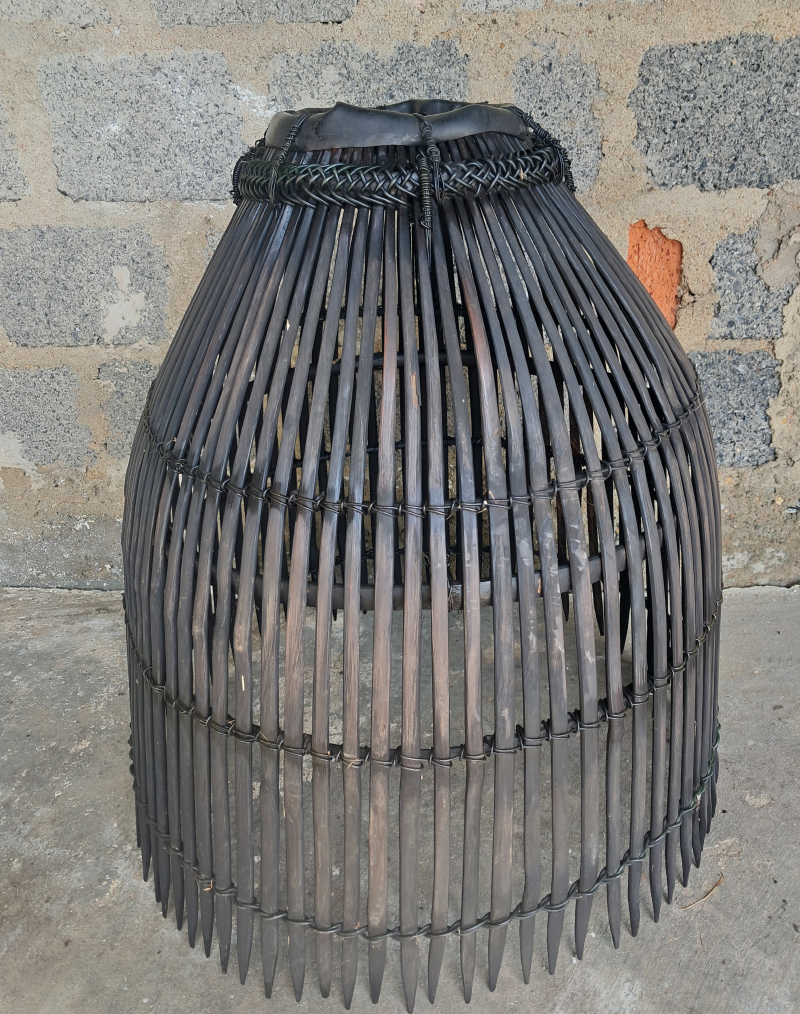 |
Duc Ninh people often "nôm thấy" with short steps in shallow water areas, water surface covered with grass, straw, where there are often many snakehead fish, catfish, perch, loach... Short steps help people "nôm thấy" more densely to avoid "missing" fish. Ly Ninh people often "nôm thấy" with long steps in deep, wide water areas where large species such as carp, grass carp, and carp live...
When the net is heard to make a "fish closing" sound, experienced net fishermen know whether they have caught a big or small fish. In the net, the fish rushes to a certain direction to escape, hitting its head against the net wall, creating a "cluck" sound, and the hand holding the net feels the vibration of the net. One hand presses the net deeper into the mud, the other hand reaches into the net to grasp the fish's head, then slowly takes the fish out of the net and puts it in the basket worn by the person. Sometimes the net catches a carp weighing 4-5kg. Sometimes the net breaks 3-5 teeth because the teeth hit the body of a big fish, usually at that time the fish struggles strongly and escapes. Some people catch an otter but do not dare to catch it because they are afraid of its sharp teeth.
Some people often go fishing alone and their fishing nets are very good, always full of fish.
Most of the time, people go fishing in groups, the most crowded is the fishing with many people on Cau Rao River, which Ly Ninh people call "village fishing" or "rai fishing". Village fishing is usually organized at noon, after the morning working in the fields, after lunch. There may be a small group that meets in advance, or one person initiates it. The fishermen carry fishing nets from Lang hamlets, Nam Lon hamlets, Nam Nho hamlets along the village roads towards the riverbank to form a team.
The fishermen choose a section of the river, standing horizontally or in an arc close together from one bank to the other, with the mouths of the traps facing forward, forming an angle of 30-400 with the river bottom. About 7-10 fishermen, the strong traps in front of the fence, startle many fish and make them fly towards the fence. When they hear "fish closing", the trap is quickly covered, the fish is caught by the fishermen and put into the pot. After fishing this section of the river, they move to another section of the river. Many people in the village trap can catch big fish, which is difficult for a single person or a small group to catch.
Nowadays, Cau Rao River has been renovated, there are not as many natural fish as before. Ponds and fields have given way to urban areas, traditional fishing activities including fishing traps are no longer there. But the familiar fishing traps and the “village fishing” sessions remain forever in the memories of the people of Ly Ninh, my hometown.
Nguyen Luong Cuong
Source: https://www.baoquangbinh.vn/van-hoa/202412/nom-ca-2223205/


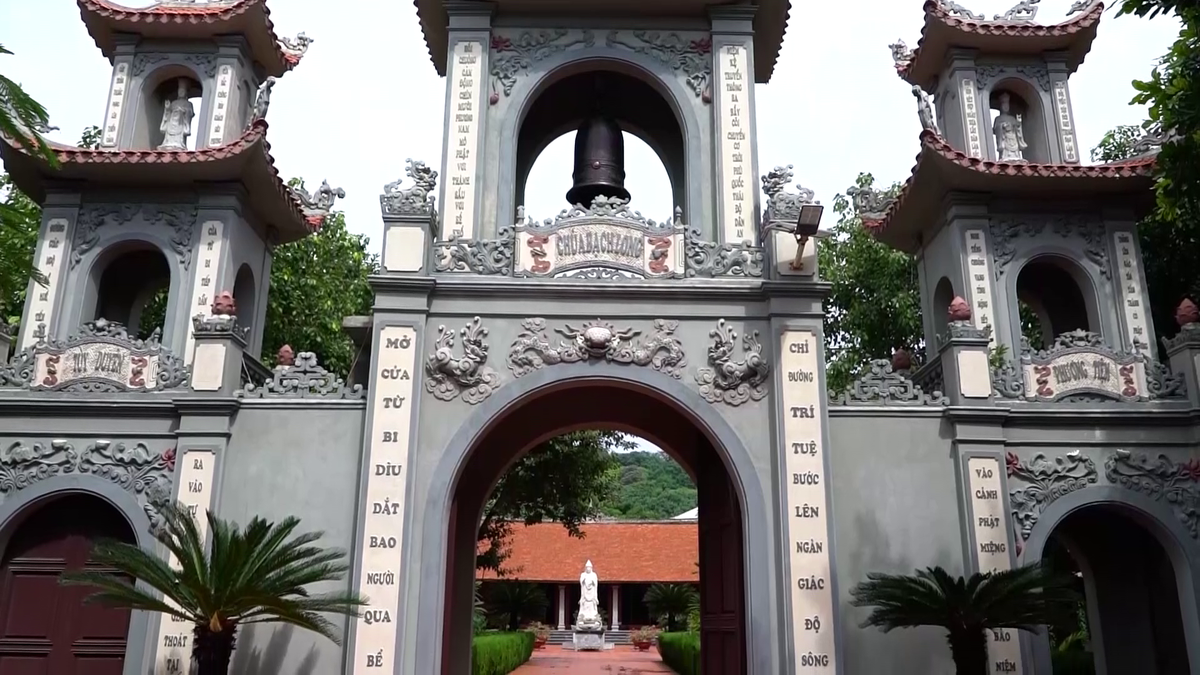














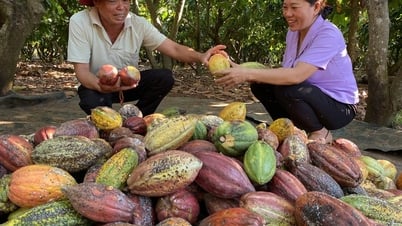

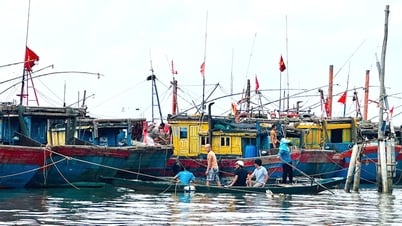


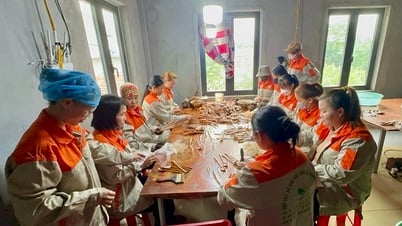






































































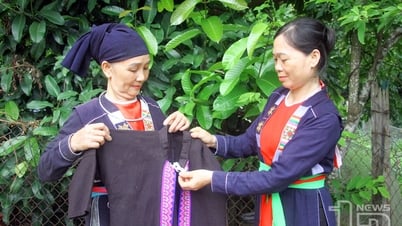













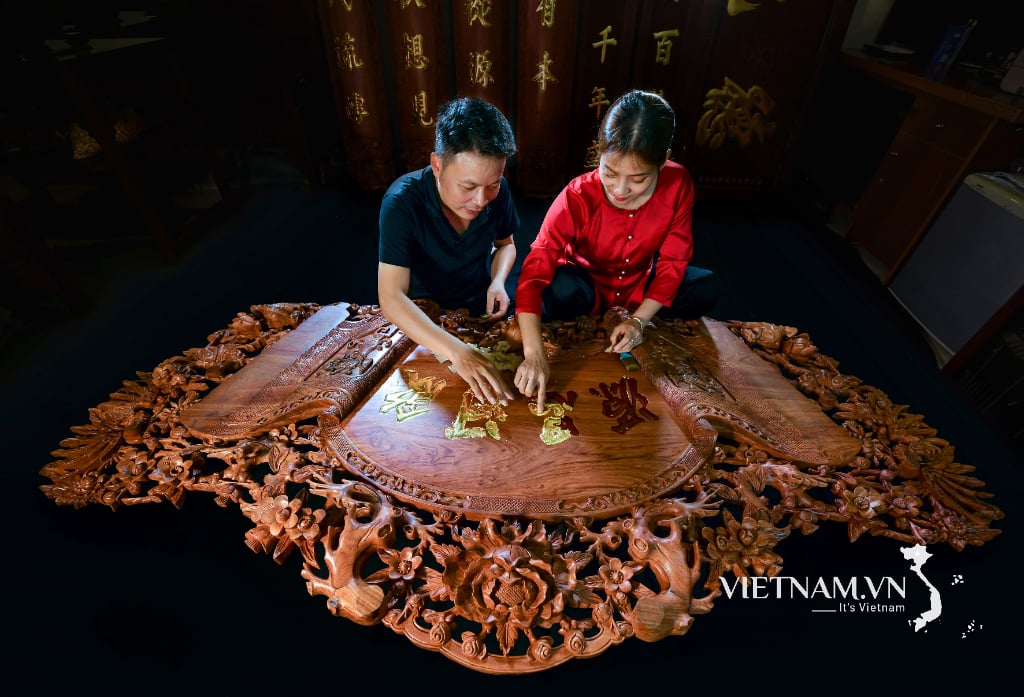


Comment (0)